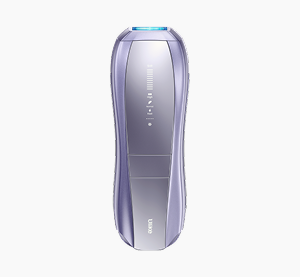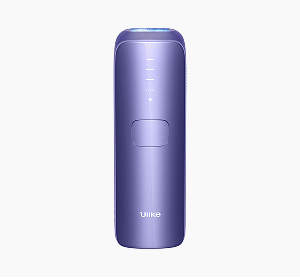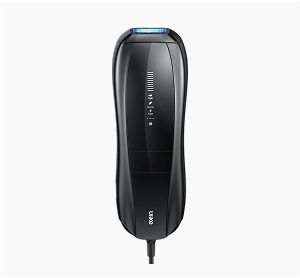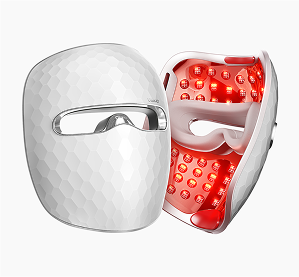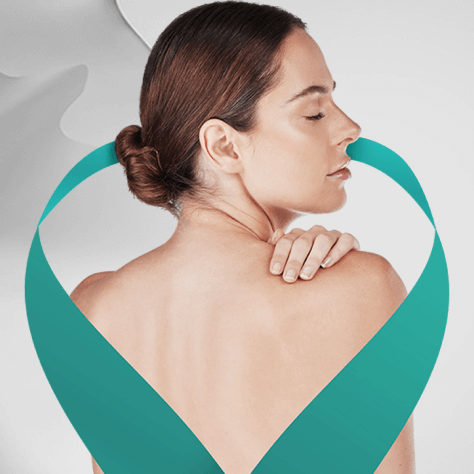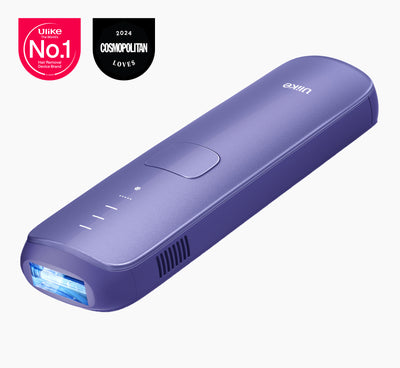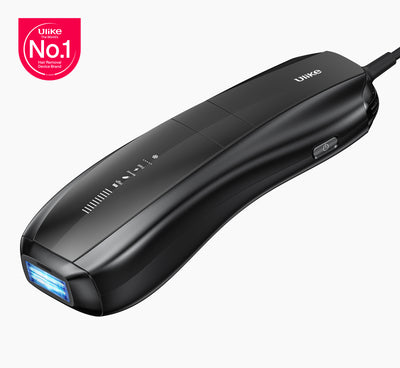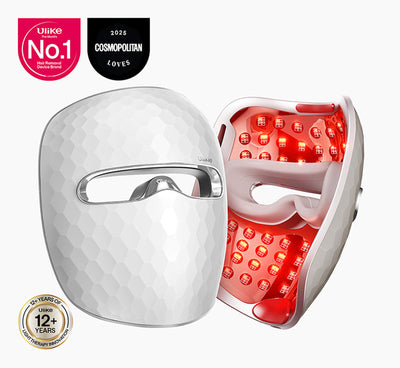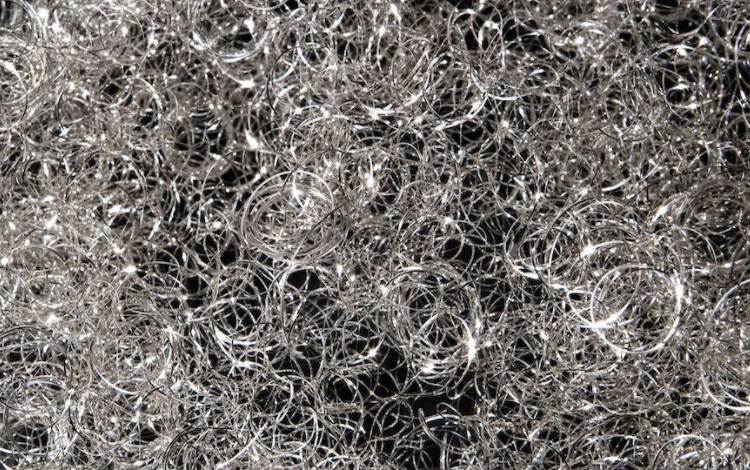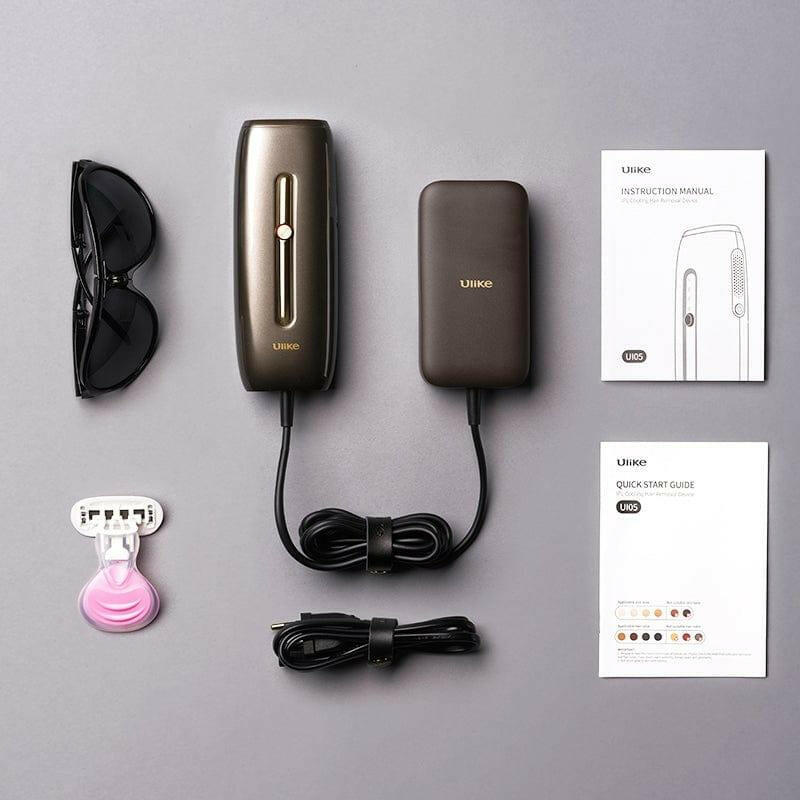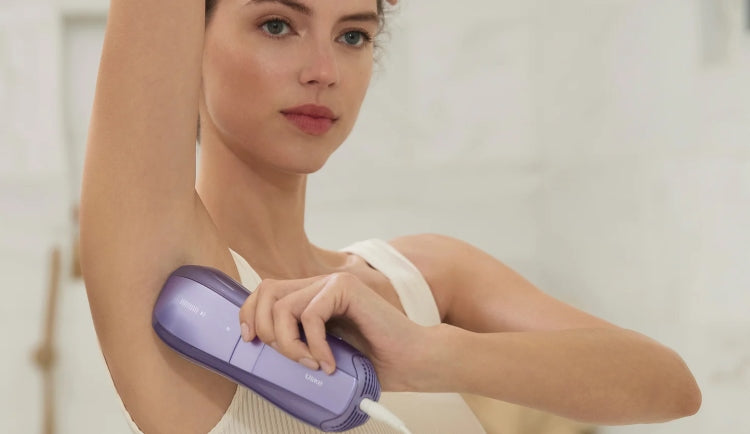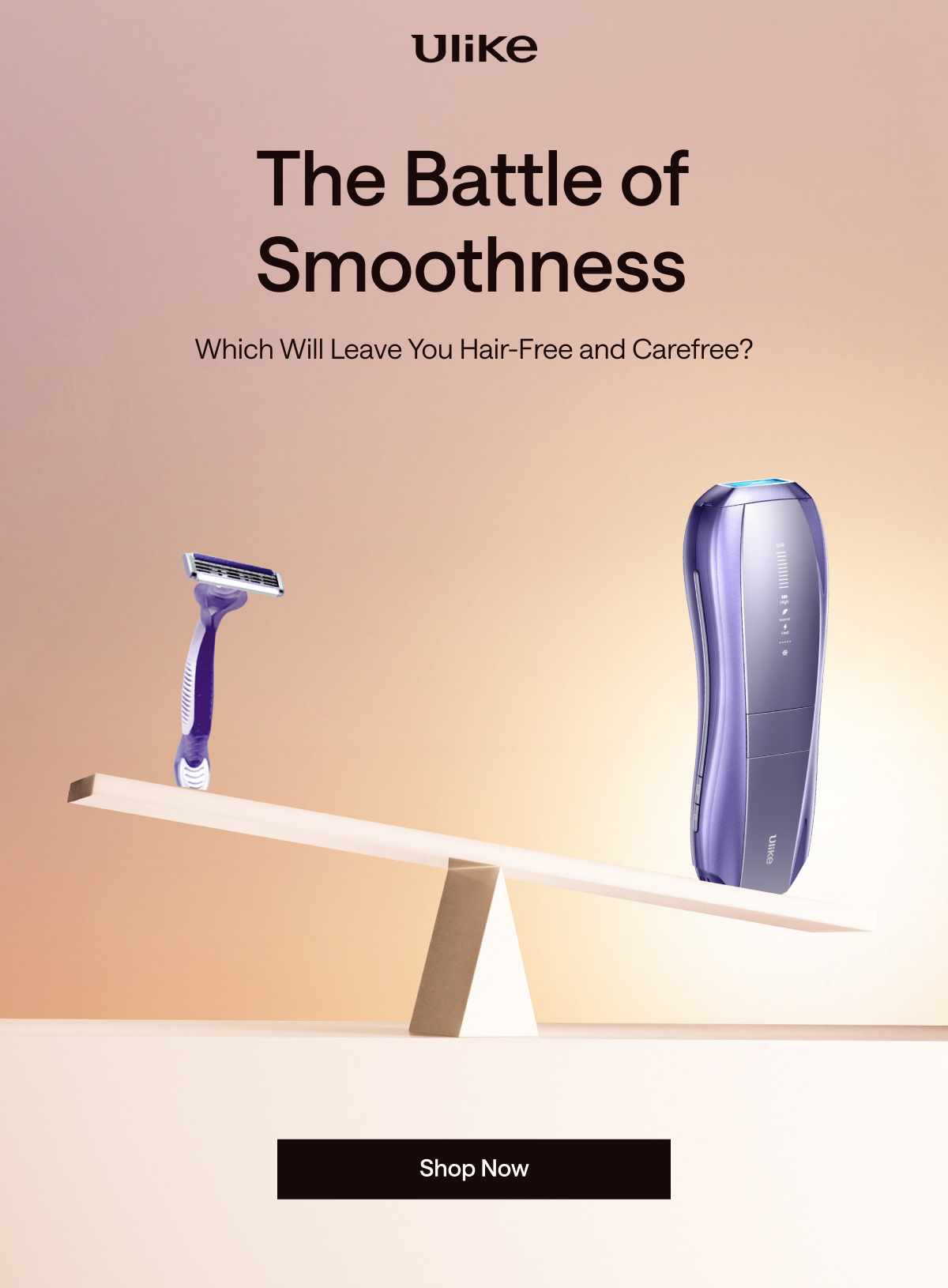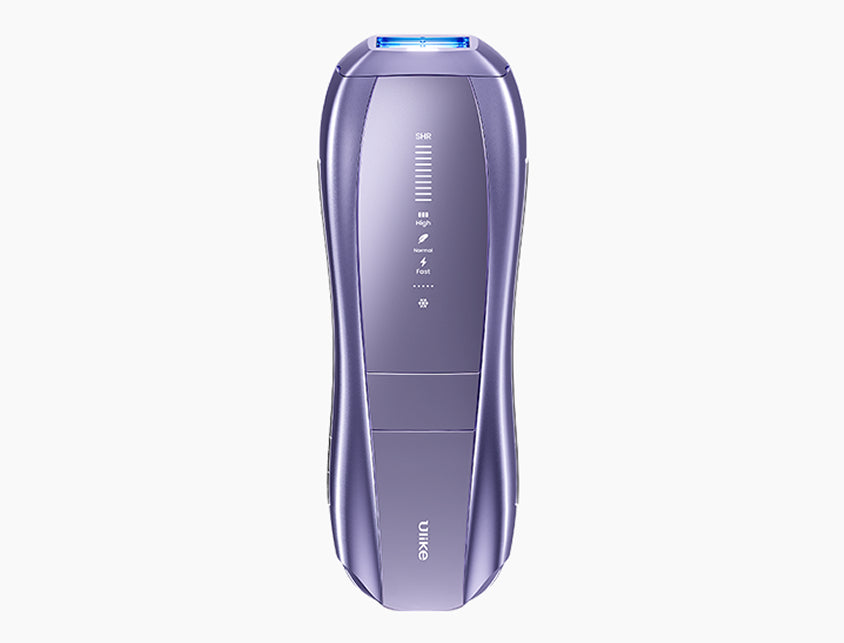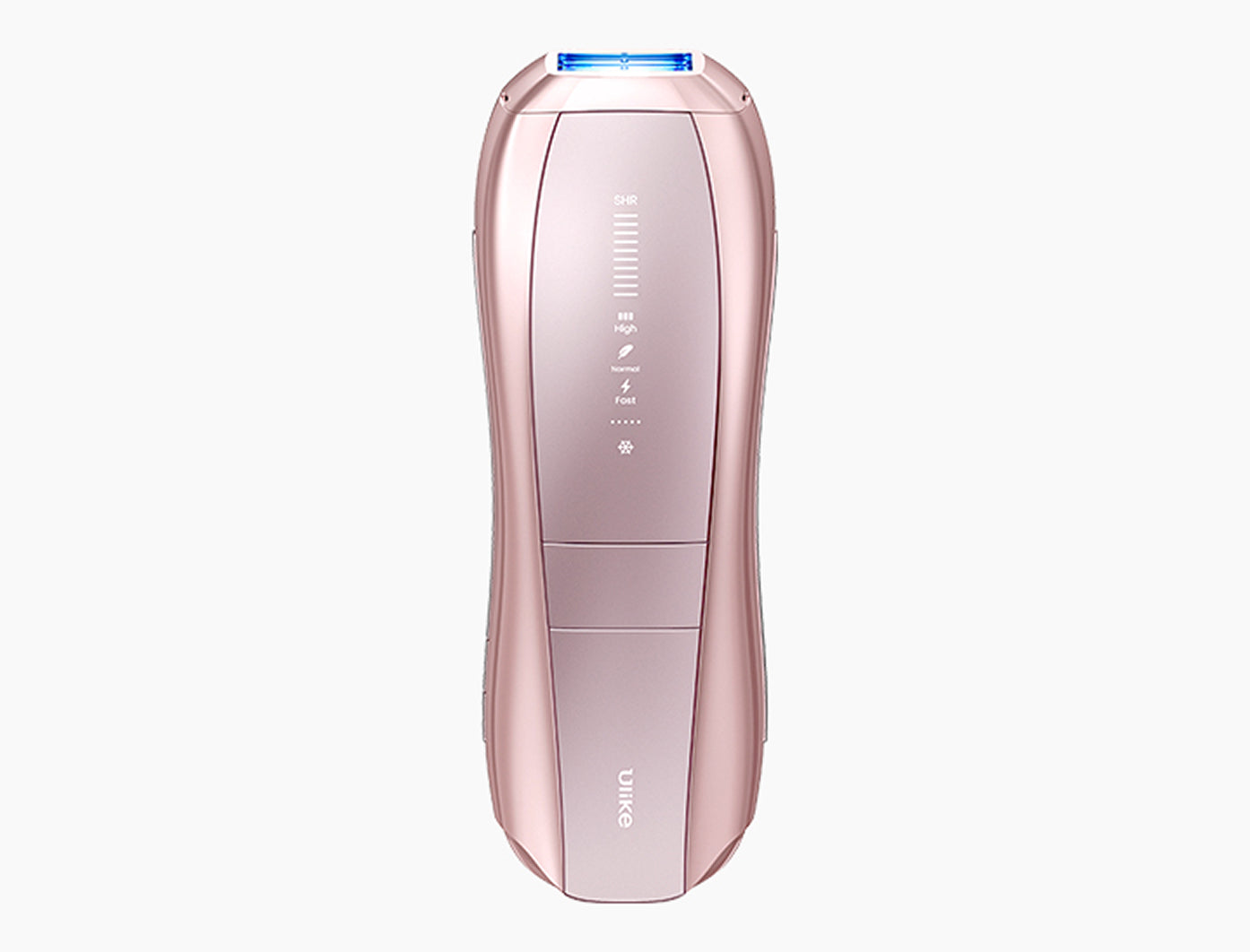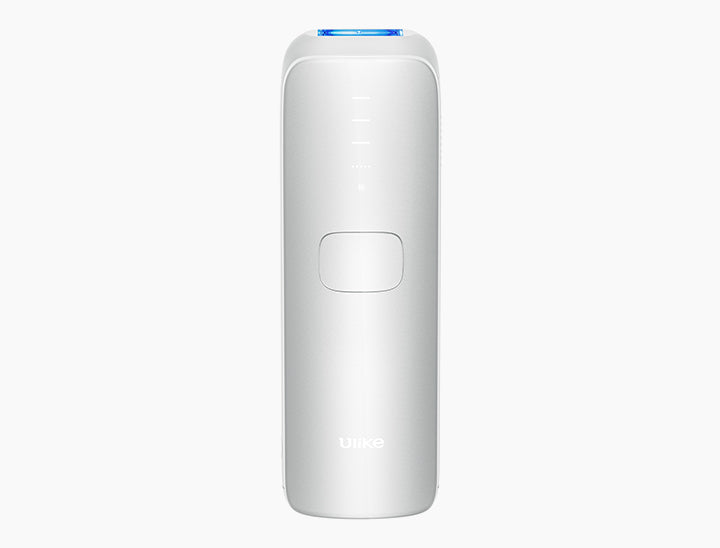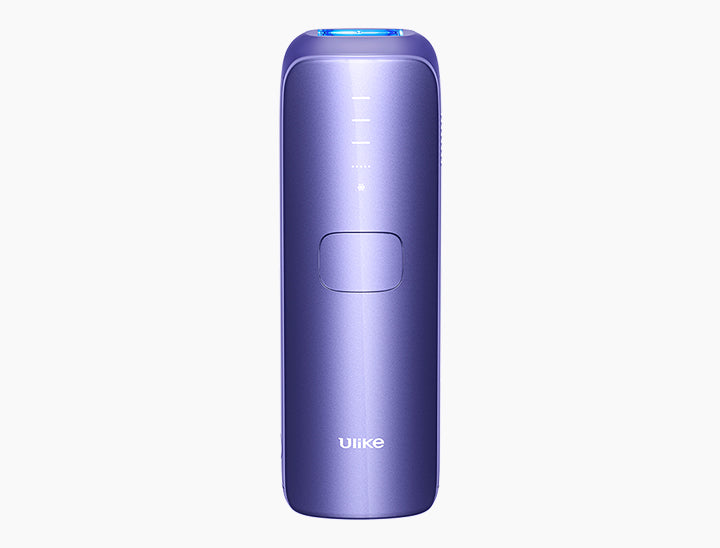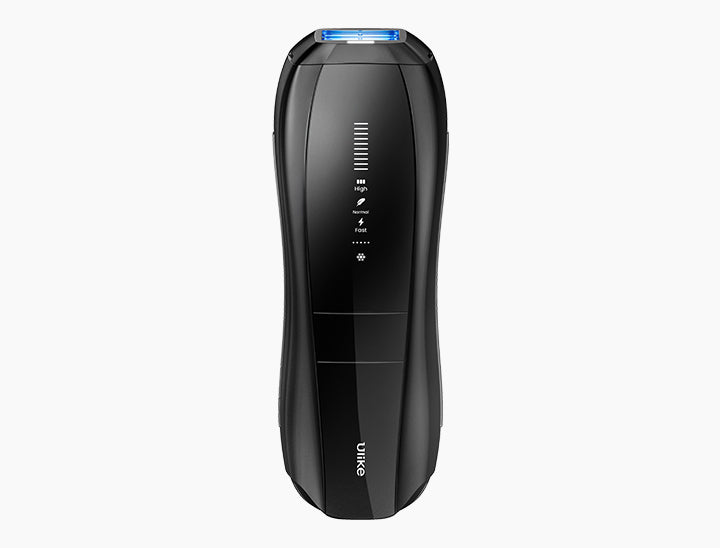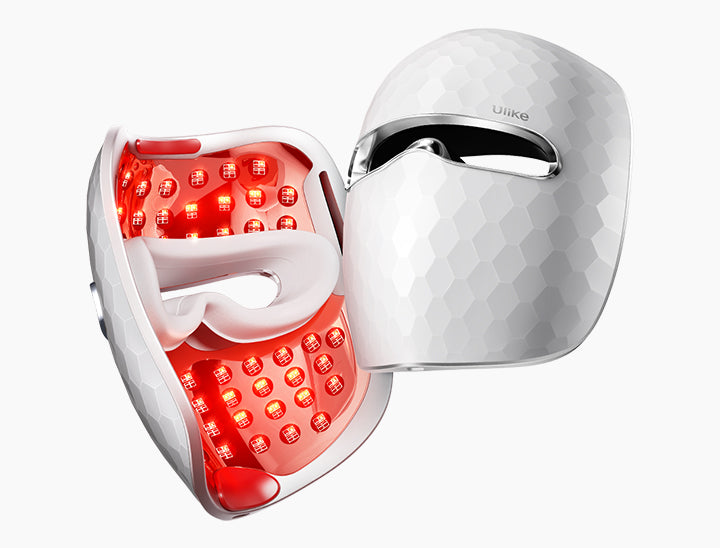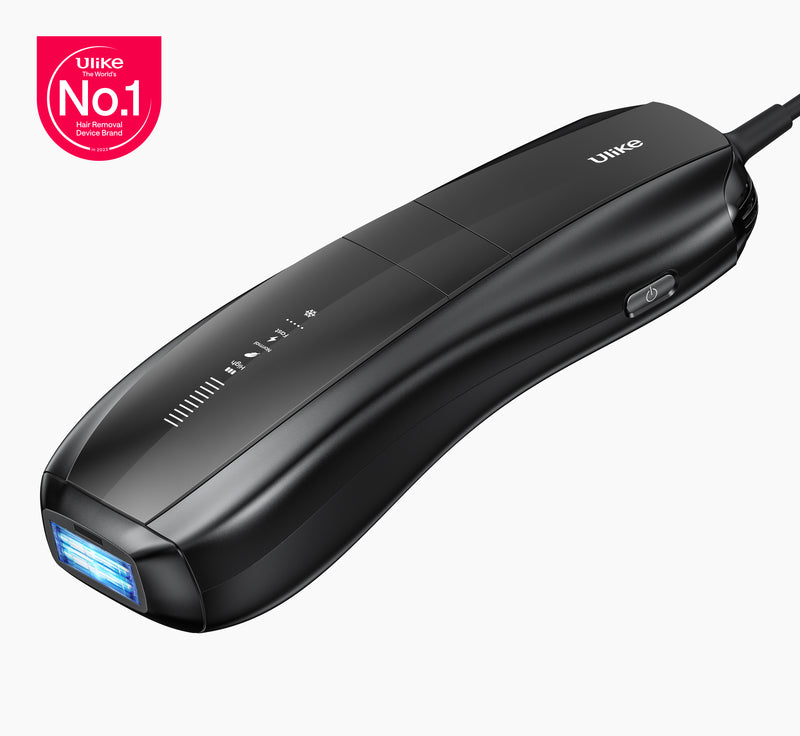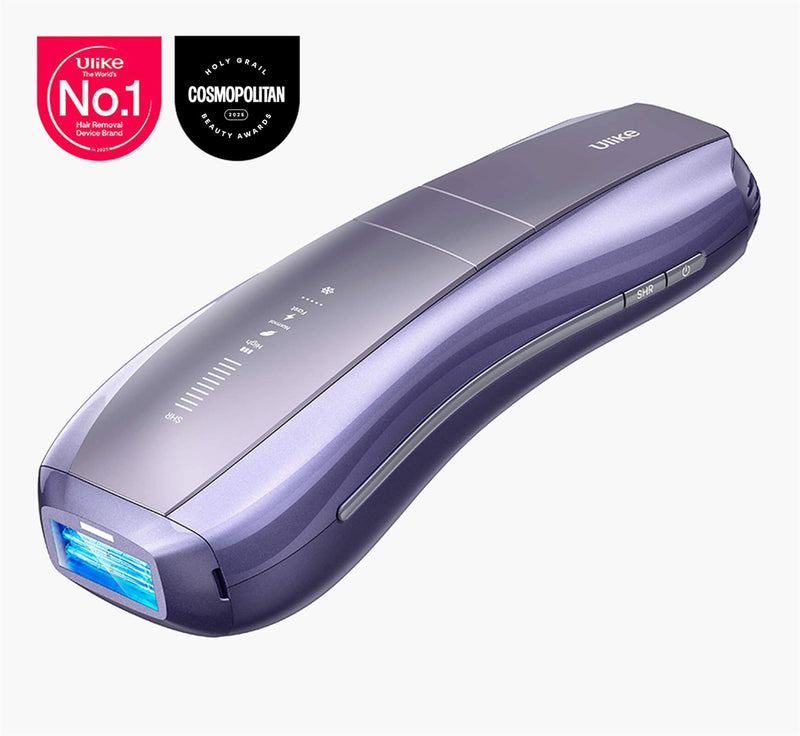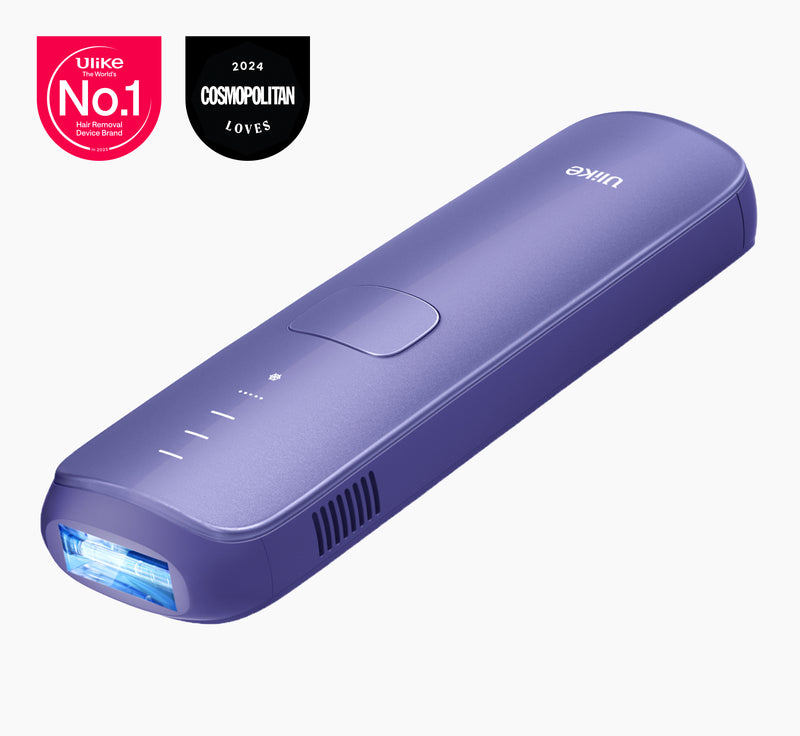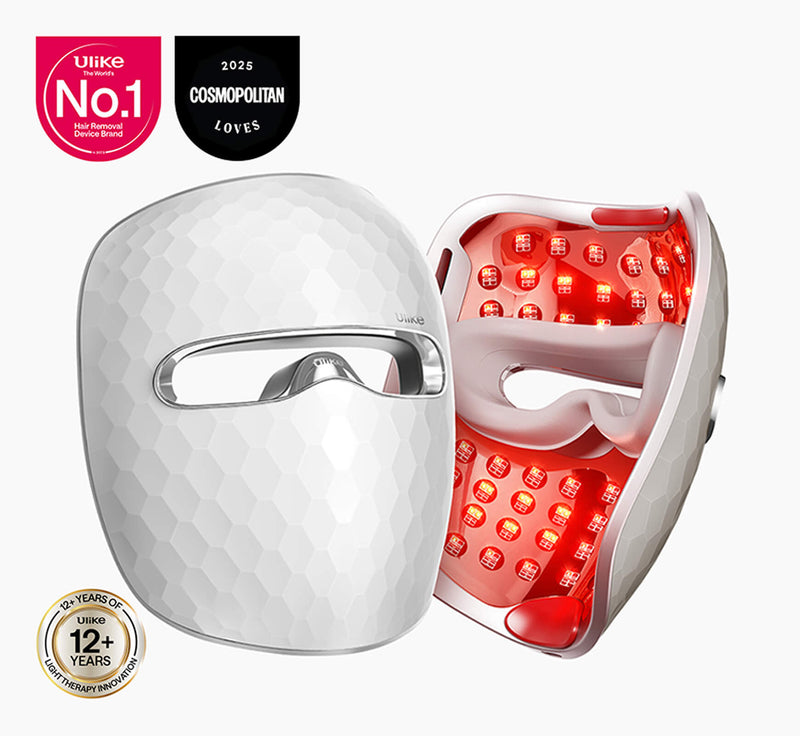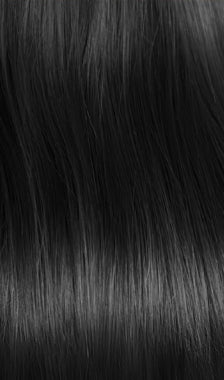Pubic hair can be a little embarrassing topic to talk about. However, it is a mandatory topic to know about when your pubes start turning gray as most people do not expect their intimate region to go colorless.
Discussing \1 can promote better understanding and acceptance of our bodies as they age.
Therefore, did you find your way here after coming to know about graying of the pubic hair? Are you concerned about when your hair will turn gray and how can you manage it?
Your concerns about \1 are common, and it's important to remember that these changes are a natural part of life.
Understanding the natural process of aging and hair color change can help ease your concerns. It's \1 for hair, including pubic hair, to change as you age.
If yes, let us find out does pubic hair turn gray, at what age it becomes white, and how to treat it.
Knowing the \1 for these changes can help you prepare and manage any concerns effectively.
Understanding these changes can help you feel more \1 and informed about your body as you age.
Feeling more \1 can empower you to embrace the changes that come with aging.
Exploring these topics can provide \1 into the natural aging process and what to expect regarding changes in your body.
These insights can alleviate worries and help you \1 the aging process with confidence.
Table of Contents:
- Part 1: Does Pubic Hair Turn Gray?
- Part 2: At What Age Does Pubic Hair Turn Gray?
- Part 3: Options for Managing Gray Pubic Hair
- Part 4: How to remove gray pubic hair
Part 1: Does Pubic Hair Turn Gray?

We all are aware of the fact that scalp hair turns gray as the person ages. But it is not only aging that turns hair gray. So, let us see what is the science behind gray hair on the scalp as well as the pubic region.
Process of Hair Graying
Just like our skin, the pigment in the hair determines the color of the scalp, body, and pubic hair. These pigment-producing cells are under the influence of aging, genetics, stress, and nutrition.
Understanding the process of hair graying can provide insights into individual experiences related to aging and hair color changes.
The hair starts turning gray as the person ages, stays under chronic stress, does not have balanced nutrition in his/her diet, or has a family history of premature hair graying.
Factors such as chronic stress and family history can significantly influence when and how hair begins to gray.
The factors mentioned above reduce the production of melanin in the hair as the melanocytes die. With little to no melanin production, hair turns silver or gray. Also, it can take up to a decade for all hair to become gray.
Hair Graying on the Pubes
The hair on the pubic region follows the same pattern of hair graying as that of the other parts of the body and the scalp. The only difference is that pubic hair is a little less noticeable and might take a few more years than scalp hair to become gray-white.
Part 2: At What Age Does Pubic Hair Turn Gray?

Do you wonder does pubic hair turn gray when you get old? The answer is yes, they do. The age for pubic hair to turn gray is almost the same as that of graying the scalp hair.
Pubic hair graying is a natural part of the aging process, typically occurring at similar ages as scalp hair. Genetics and lifestyle factors can influence the timing.
Pubic hair graying generally follows a similar timeline as scalp hair, but individual experiences may vary.
Most people notice their scalp hair becoming white in their 30s and 40s while some people in their 20s can also sprout gray strands.
Noticing gray hair at different ages can be influenced by various factors, including genetics and health. Early signs may vary widely among individuals.
Genetic factors play a significant role in when individuals first notice gray hair. This variation can lead to different experiences in the aging process.
Age ranges for noticing gray strands can differ, with some experiencing changes earlier than others.
Individual differences in the timing of gray hair can be influenced by lifestyle choices, health conditions, and family history.
The same is the case with pubic hair. It begins to appear around the age of 30 in males and 40 in females. By the age of 60, most people regardless of gender have gray pubes.
The onset of gray pubic hair is also linked to age, with many individuals experiencing it around ages 30 for males and 40 for females. By age 60, it becomes common across genders.
The onset of gray pubic hair typically aligns with the broader trend of aging, starting around the ages of 30 for males and 40 for females.
Factors Affecting Hair Graying on the Pubes
As the age of graying of pubic hair varies significantly among people, let us see the factors that affect it.
Several personal and environmental factors contribute to the variability in the aging process, leading to differences in when individuals notice gray pubic hair.
Many elements, including genetics and environmental factors, can influence when and how pubic hair turns gray.
Understanding the multifaceted nature of hair graying can help individuals manage expectations regarding their own hair changes.
By recognizing this multifaceted nature, individuals can better understand their unique hair aging process and adjust their self-image accordingly.
Genetics and Family History
The most significant factor that determines the graying of pubes is genetics. The presence of melanocytes in your hair and their function are influenced by a variety of genetic combinations.
Genetic predisposition is crucial, as it often dictates when individuals may begin to see changes in their hair color.
Understanding one's genetic predisposition can offer valuable insights into the likelihood and timing of experiencing gray pubic hair.
The age at which graying begins can vary widely, and family genetics often provide insight into one's own timeline.
This means that observing family trends can be a useful indicator of when you might start experiencing similar changes.
So, you might also get gray hair around the age at which your parents and grandparents started facing hair discoloration.
Recognizing these familial patterns can help set realistic expectations for the timing of hair graying in your own life.
This observation underscores the importance of understanding family trends in hair coloration, which may guide expectations about personal graying.
This means your own graying process may closely mirror that of your family history, reflecting inherited traits.
Lifestyle
Lifestyle can also play a role in determining the color of your hair. Some factors that are implicated in graying of the pubic hair include,
Factors such as nutrition, exercise, and stress levels can significantly impact the health and appearance of your hair, including its color.
Lifestyle choices such as diet, stress management, and smoking can also contribute to when and how your hair may gray.
Being aware of how lifestyle factors can influence graying may encourage healthier habits that could potentially delay the process.
By adopting a healthier lifestyle, you may be able to mitigate the effects of aging on your hair and promote its overall vitality.
- Life with chronic stress or depression
- Smoking and overconsumption of alcohol
- Deficiency of micronutrients like vitamin B5 and B12 in diet
- Use of chemical-containing products in the intimate region
Chronic stress or depression can lead to various \1, including changes in hair pigmentation.
These conditions can exacerbate the aging process of hair, potentially leading to a quicker onset of graying in both scalp and pubic hair.
Both smoking and excessive alcohol consumption are linked to a range of health issues that may accelerate the graying process of your hair.
Both smoking and excessive alcohol consumption may contribute to \1, affecting hair health and pigmentation.
Ensuring an adequate intake of \1 is vital for maintaining overall health, including the health of your hair.
A deficiency in important micronutrients, such as \1, can impact hair growth and color, potentially leading to graying.
The use of chemical-containing products in the intimate region may \1, which could affect hair health and color.
Medical History
Gray pubic hair can also be a symptom of a medical disorder. Some of the most common diseases to make pubic hair gray include
Conditions such as \1 can lead to noticeable changes in skin and hair pigmentation, including the hair in the pubic area.
Consulting a healthcare professional is essential if you notice gray pubic hair, as it may indicate an \1 that requires attention.
It's important to note that \1 can lead to better outcomes in addressing any potential health issues.
It's crucial to remember that \1 of any underlying condition can significantly improve outcomes and management strategies.
- Vitiligo is a hereditary disorder of skin and hair discoloration
- Hyperthyroidism that interferes with the function of melanocytes
- White piedra, a fungal infection of pubic hair
- Pubic lice that lays eggs to make pubic hair appear gray.
It is important to note that \1 can affect not just skin but also the pigmentation of hair, leading to noticeable changes.
Hyperthyroidism can lead to a variety of symptoms, including \1, which may contribute to graying.
White piedra can lead to \1 as it affects the appearance of pubic hair, possibly causing discoloration.
Pubic lice can create the appearance of gray hair due to \1 caused by their presence, which affects hair health.
Hormonal Imbalances
Lastly, hormonal imbalances can also make the pubic hair go gray. The hormones affecting the pigmentation of the hair include thyroid hormones and estrogen.
Understanding how hormonal imbalances affect hair pigmentation can help in identifying \1 for restoring natural color.
By exploring these hormonal influences, individuals can better understand \1 to address changes in hair color.
So, lack of estrogen in menopause can be the culprit behind gra pubic hair in older women.
This lack of estrogen can lead to changes not only in hair color but also in \1 during menopause.
During menopause, \1, which can lead to changes in hair pigmentation, including the graying of pubic hair.
Understanding the role of hormonal changes during menopause can help clarify why some women experience this change in their pubic hair color.
Recognizing these hormonal changes can empower women to navigate their body’s transformations more effectively.
Part 3: Options for Managing Gray Pubic Hair
Hypopigmented pubic hair can be a source of embarrassment for people who want to feel young forever. So, here are some ways to deal with the gray pubic hair.
Feeling embarrassed about gray hair is common, but it's important to recognize that aging is a natural process that affects everyone. Here are some strategies to manage this change.
It's vital to remember that self-acceptance plays a key role in overall well-being during this life stage.
Let it Be
The best way to deal with gray pubic hair is simply to embrace it and age like a fine wine. Graying of hair is a natural occurrence and it should be accepted like it.
Accepting gray pubic hair can lead to a more positive self-image, allowing individuals to \1 without shame.
By fostering this acceptance, individuals can cultivate a more fulfilling relationship with their evolving self-image.
Additionally, gray hair appears classy when you wear it with confidence. So, do not stress about the discoloration of your hair, and let it be.
Confidence in one's appearance can enhance personal style, making gray hair a statement of elegance rather than a concern.
Trim it
If you do not like it and just want this hair to stay away from your sight, trim the hair regularly. Use a razor, electric trimmer, or scissors, and get rid of the gray pubic hair as it sprouts out of the skin.
Remove it
Trimming the pubic hair can be the quickest way to deal with it. However, hair can come back sooner than later. So, in these cases, either remove than from the roots by using wax or remove them for good with laser hair removal or electrolysis.
Dye it
If you want to keep the pubic hair but hate seeing it turn gray, start dyeing the hair regularly. A few pubic hair dyes are available in the market to help you look your best.
Choosing the right dye can also ensure that you maintain a look that aligns with your personal style and comfort.
When considering dyeing options, it's essential to choose products that are specifically designed for sensitive areas to avoid irritation.
Furthermore, you can choose a scalp hair dye as well if it contains natural and nourishing ingredients.
Using a scalp hair dye can be a viable option if you ensure that it is suitable for your sensitive skin and free from harsh chemicals.
Choosing a dye with natural ingredients can help minimize the risk of irritation and promote healthier skin.
Improve Your Lifestyle
Do you have stress, smoking habits, or nutritional deficiencies? If yes, the best bet for you is to focus on your lifestyle. Eating a balanced diet, using stress management techniques, and quitting smoking can help in preventing and reversing gray pubic hair.
Part 4: How to remove gray pubic hair

The details about removing gray body hair are mentioned in getting rid of white, grey, and light blonde hair. Here we will only focus on how to remove gray pubic hair.
It is important to note that this guide focuses on techniques for gray pubic hair, which may have different considerations compared to other body hair.
This section will provide targeted approaches specifically for gray pubic hair, which may differ from methods used for other body hair.
This section will offer specific tips tailored to address the unique aspects of gray pubic hair, ensuring effective removal methods.
This section is designed to address unique challenges and solutions for maintaining your desired look while managing gray pubic hair.
Here, we will explore various strategies to help you achieve your desired appearance while effectively managing gray pubic hair.
IPL Hair Removal Devices
First of all, we would like to suggest Ulike Sapphire Air3 IPL Hair Removal to get rid of the pubic hair when you still have some pigment in the hair. It can serve as the best method of hair removal for people who have begun to notice gray pubic hair recently.to get rid of the pubic hair when you still have some pigment in the hair. It can serve as the best method of hair removal for people who have begun to notice gray pubic hair recently.
As Ulike Air3 IPL device removes up to 90% of the hair in 3 weeks, it can help you get rid of the pubic hair before it turns gray.
By using the Ulike Air3 IPL device, you can effectively reduce hair growth, potentially avoiding the appearance of gray pubic hair.
Using the Ulike Air3 may help you maintain a youthful appearance by addressing pubic hair before it grays, leading to \1 in your personal grooming.
Laser
The other method of treating unwanted pubic hair is laser hair removal in an office. A plus point of the laser is that the advanced technologies of laser can be effective even after all hair has turned gray as mentioned in Does laser hair removal work for blonde, gray, and red hair?
However, it is important to note that the efficacy of laser for gray hair differs from person to person.
Gray hair treatment effectiveness can vary significantly, so individual results may differ based on various personal factors.
This variation can be influenced by \1, hair density, and the individual's overall health.
Understanding the differences in hair color treatment is essential, as \1 such as hair type and skin tone may influence results.
Recognizing how factors like hair type and skin tone affect treatment outcomes can help you make informed choices.
Shaving
Shaving is the easiest method of removing gray pubic hair. All you need is a cleanse and a sharp razor to get rid of the hair in the pubic region. It also works great as shaving can eliminate hair strands of any length.
However, you have to be careful not to cut yourself down there as it can lead to infection.
To avoid complications, it's crucial to follow safe shaving practices, as injuries in sensitive areas can lead to serious infections.
To minimize the risk of injury, consider using \1 and proper techniques when shaving sensitive areas.
Additionally, \1 with a warm towel can soften hair and further reduce the chance of cuts.
Waxing
Brazilian wax might be painful but it is a good option for removing the gray pubic hair. Hard or soft wax can be used to remove the gray pubic hair. Wax can get rid of the whole pubic hair or remove it in a pattern that only gray hair is gone while you can keep the dark part.
The best thing about waxing the pubes is that you can stay stress-free about the hair coming back for 2 to 4 weeks. Also, check out how much does a Brazilian wax cost.
Waxing not only offers long-lasting results but also provides a \1, making it a popular choice for many.
Depilatory Creams
Depilatory creams have been used as a go-to option for treating unwanted pubic hair for decades. So, hair removal creams designed specifically for pubic hair can be used to remove the gray pubes as well.
When using depilatory creams, it’s important to note that they can effectively address \1, allowing for a more uniform appearance.
These creams may be more effective on gray hair than traditional methods, providing a convenient solution for \1.
However, a patch test is necessary while using a depilatory cream as it contains chemicals.
It's essential to follow the instructions carefully to avoid adverse effects, particularly in sensitive areas.
Performing a patch test can help ensure \1 and minimize the risk of allergic reactions to the chemicals in the cream.
Electrolysis
While the efficacy of laser and IPL hair removal is under question for gray pubic hair, electrolysis is surely effective. It treats the discolored hair and can help you get rid of them for good.
Electrolysis is a \1 that targets individual hair follicles, making it particularly beneficial for those dealing with gray hair that other methods may not effectively address.
Conclusion
Gray pubic hair can result from a normal aging process, genetics, and lifestyle. People begin to notice their pubes sprouting a few gray strands in their 30s and 40s. So, it can be a source of stress.
Understanding that gray pubic hair is a \1 can also help individuals feel less anxious about their changing bodies as they age.
Recognizing that these changes are a \1 can help alleviate concerns about appearance and self-image.
Under such circumstances, you can either accept the gray of your hair as they are not ugly, go for a hair dye just like you dye your scalp hair, or remove it. The top hair removal options for gray pubes include IPL, laser, electrolysis, shaving, and waxing.

